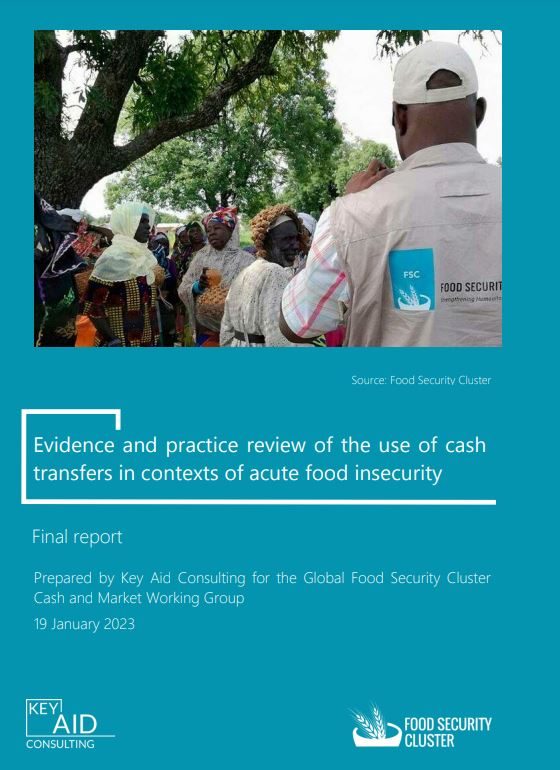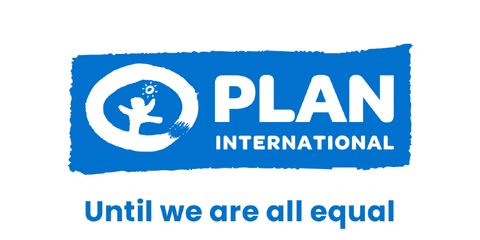Evidence and Practice Review: Cash transfers in contexts of acute food insecurity
Research finds that cash and voucher assistance provides more dignity and choice than food distribution in supporting acutely food insecure populations.

Hunger affects 10% of the global population, with the rate of undernutrition having increased by 150 million people from 2019 to 2022 as a result of conflict, climate change and the COVID-19 pandemic. Projections of undernourishment indicate that by 2030, 670 million people will be undernourished.
The volume of cash and voucher assistance (CVA) has increased in the past six years, reaching 6.7 billion USD in 2021. However, the growth rate of funding has been stalling. Despite the increase in the acceptance of CVA, a large portion of which is dedicated to preventing the further deterioration of food security and helping to improve it, there is inconsistency in the application and general practices across contexts facing acute food insecurity.
The use of CVA to meet food security outcomes continues to fall short of its potential. There is therefore room to explore the untapped and/or underused potential of cash transfers, and strengthen evidence of the use of cash transfers for food security outcomes in contexts of acute food insecurity.
The Global Food Security Cluster Cash and Market Working Group has commissioned operational research to gather evidence and lessons learned in support of the use of cash for food security outcomes in contexts of acute food insecurity. This research uses Nigeria, Somalia and Syria as examples of acute food insecurity contexts. This research was co-sponsored by Plan International and Catholic Relief Service.
Key findings
- Effectiveness of cash assistance based on the result of post-distribution monitoring and positive food security outcomes in the end-line evaluation such as a higher number of households with acceptable food consumption scores, reduced coping strategy indices, and improved hunger scale scores compared to the baseline data.
- Established transfer value in the 3 countries with good mechanisms to adjust to inflation. Some organisations prefer vouchers over cash with the belief that they can withstand inflation to meet the objective of food security. Cash Working Group provides different recommendations based on the context but generally, members follow them.
- Increased acceptance and recognition of cash as a modality of assistance based on the increasing global share, which accounts for 20% of the total International Humanitarian Assistance (IHA) in 2021 (6.7 billion USD). However, the potential of cash in responding to acute food insecurity was not fully maximised for reasons explained in the full report.
- The decision to use cash was influenced by some donors’ policies that promote the use of cash; functional market and financial service providers in the 3 study areas; high level of awareness on the value of cash over vouchers and in-kind assistance; and support cash working groups.
- Specific recommendations to donors: for them to request a strong response analysis documenting the rationale for the choice of modality for its appropriateness. Donors must be neutral on the choice of the modality of assistance and provide flexibility of funding and encourage the use of cash whenever appropriate.
Learn more by downloading the full report:
GFSC Research Report – English – Final
1.50 mb
